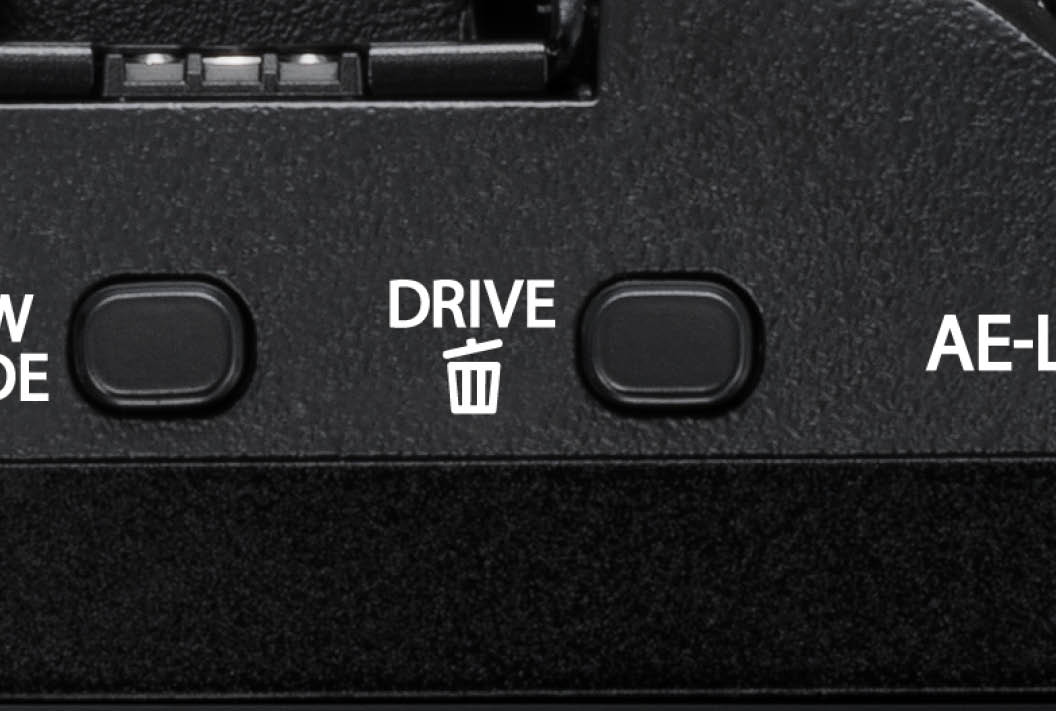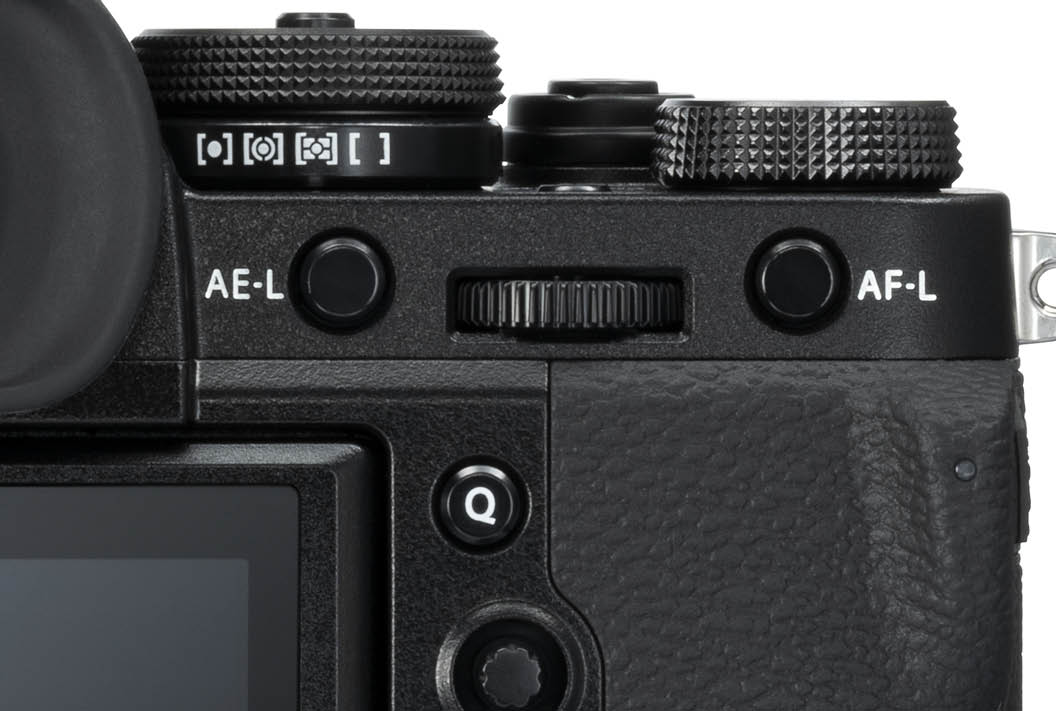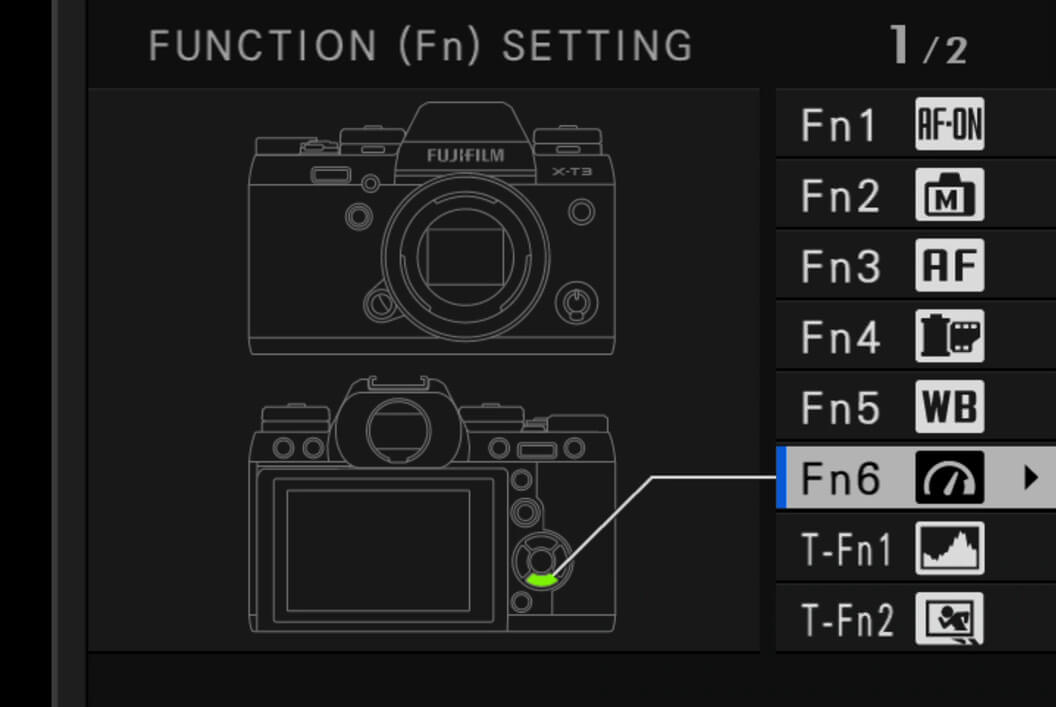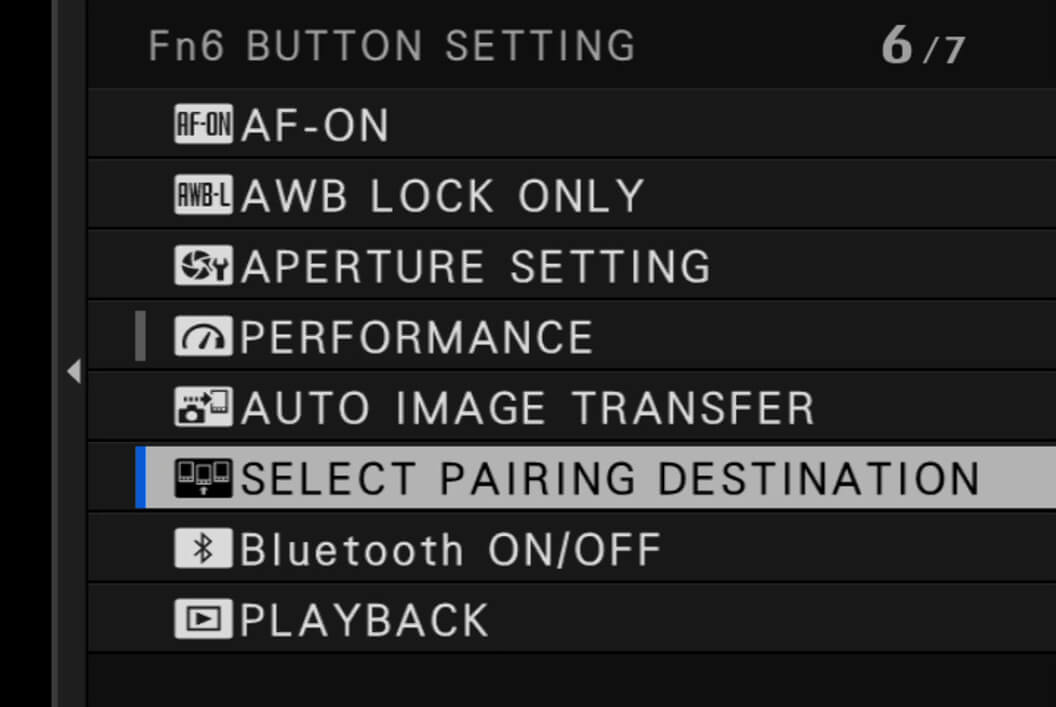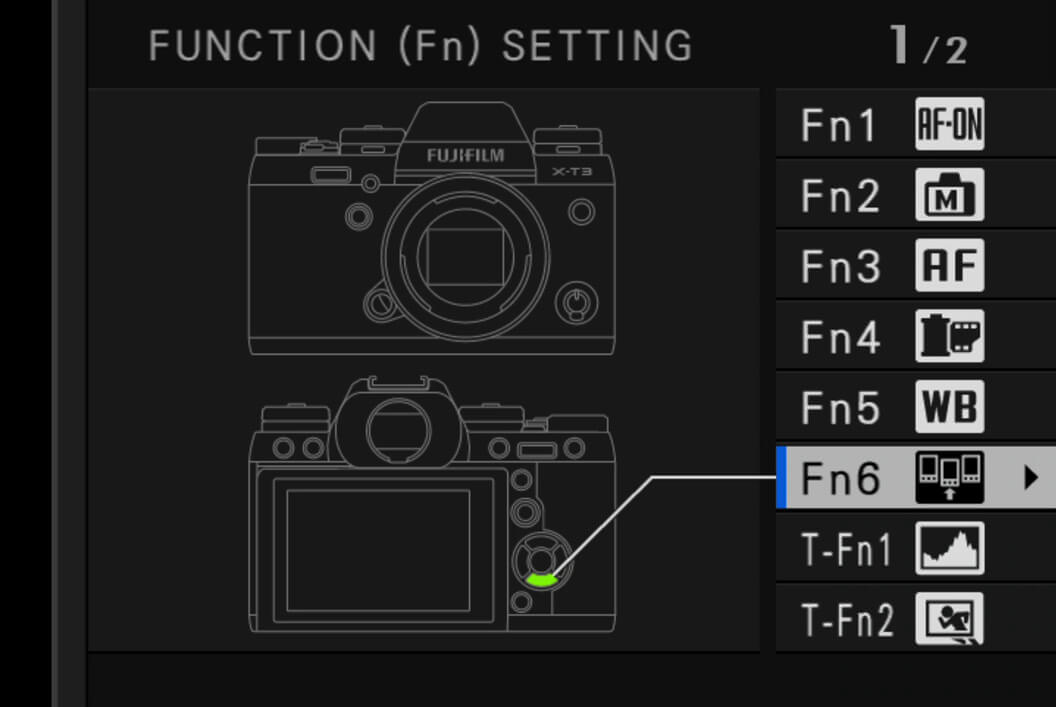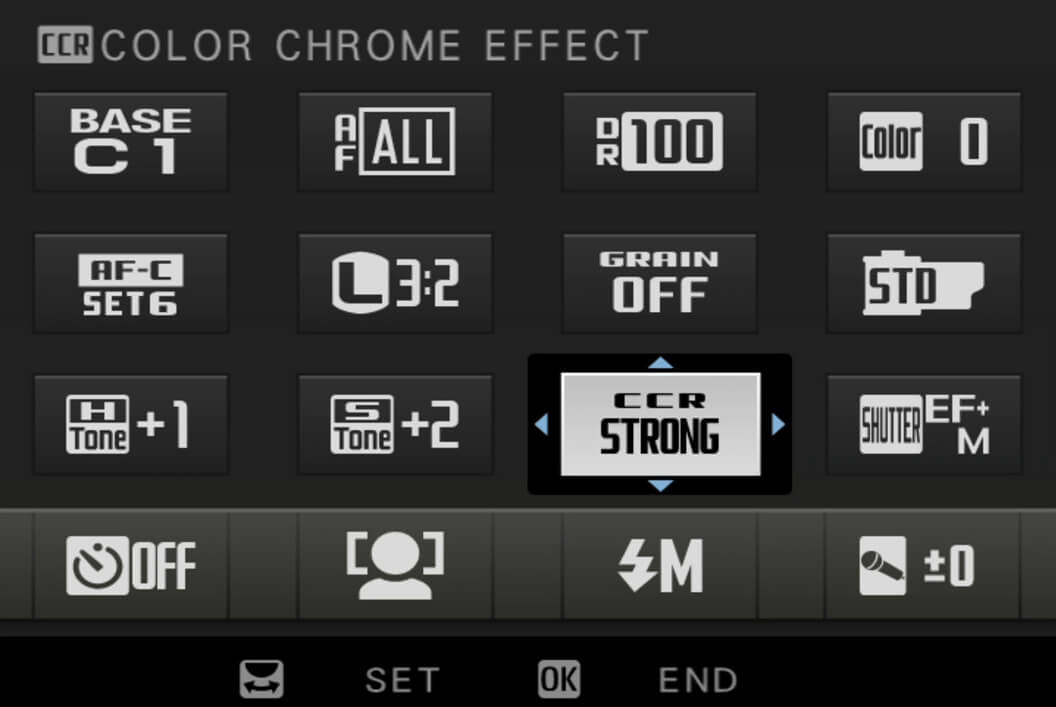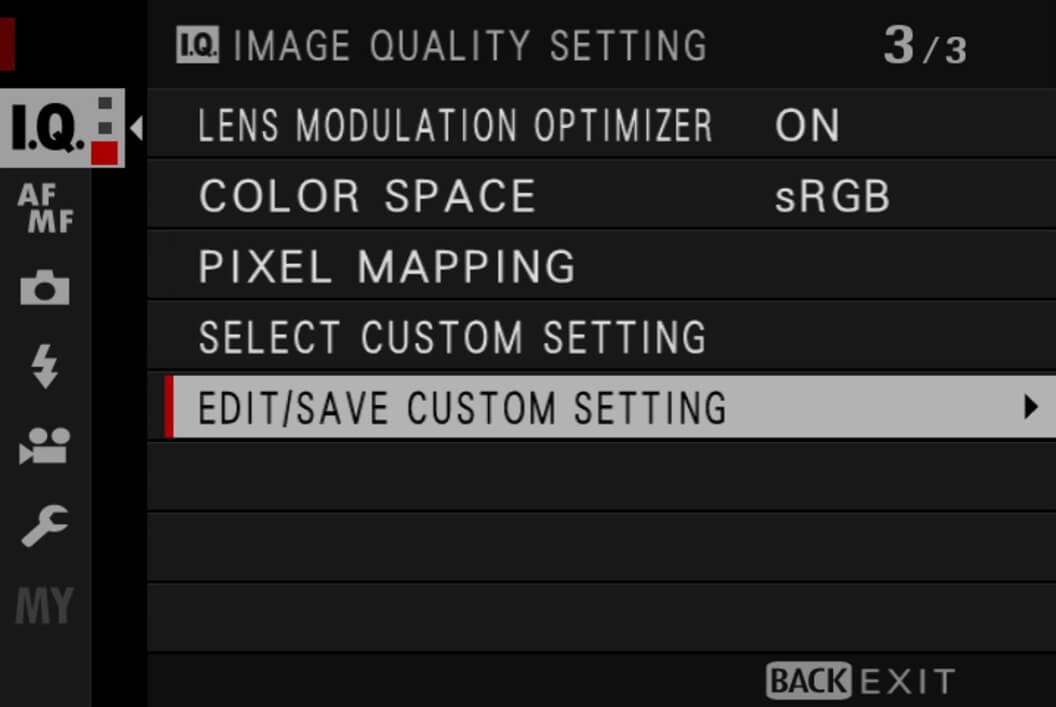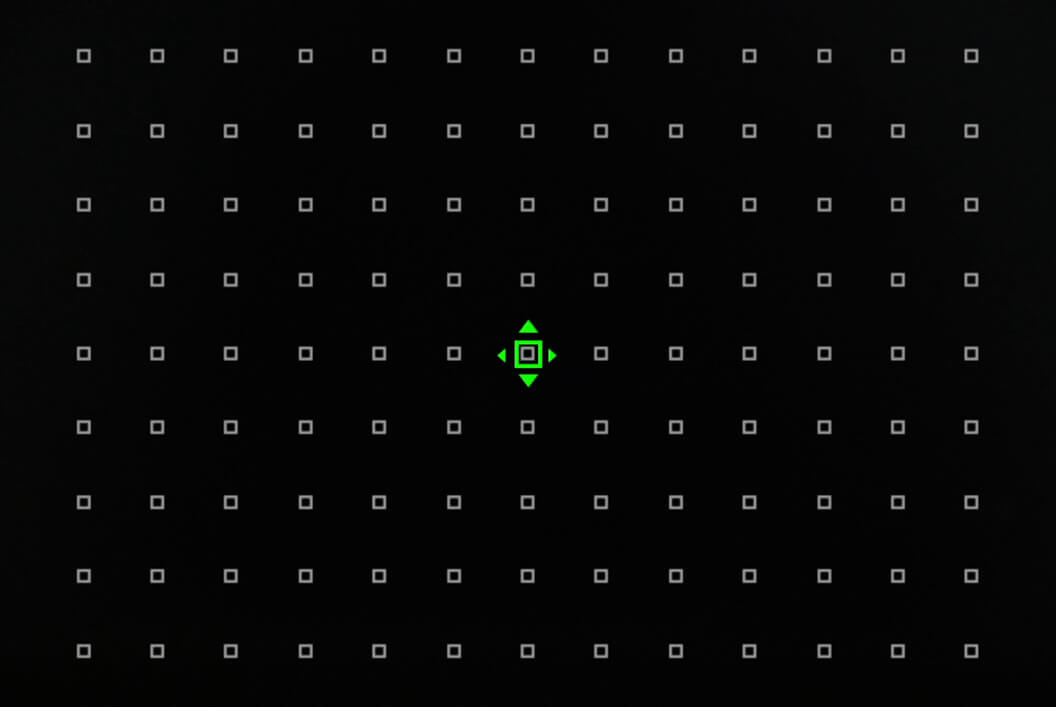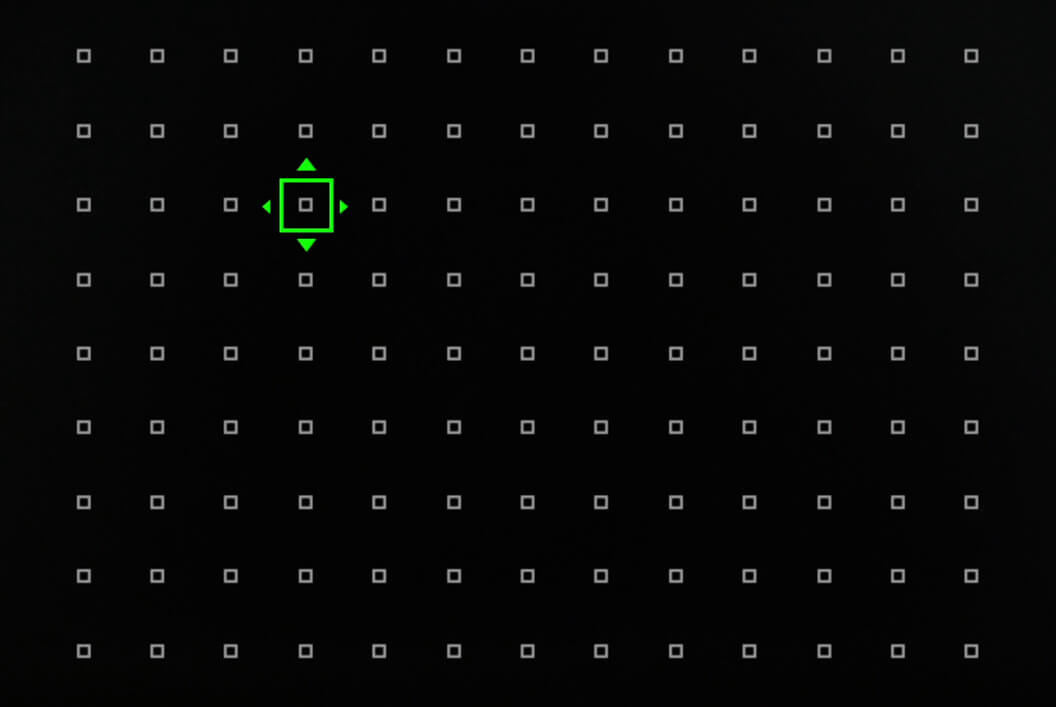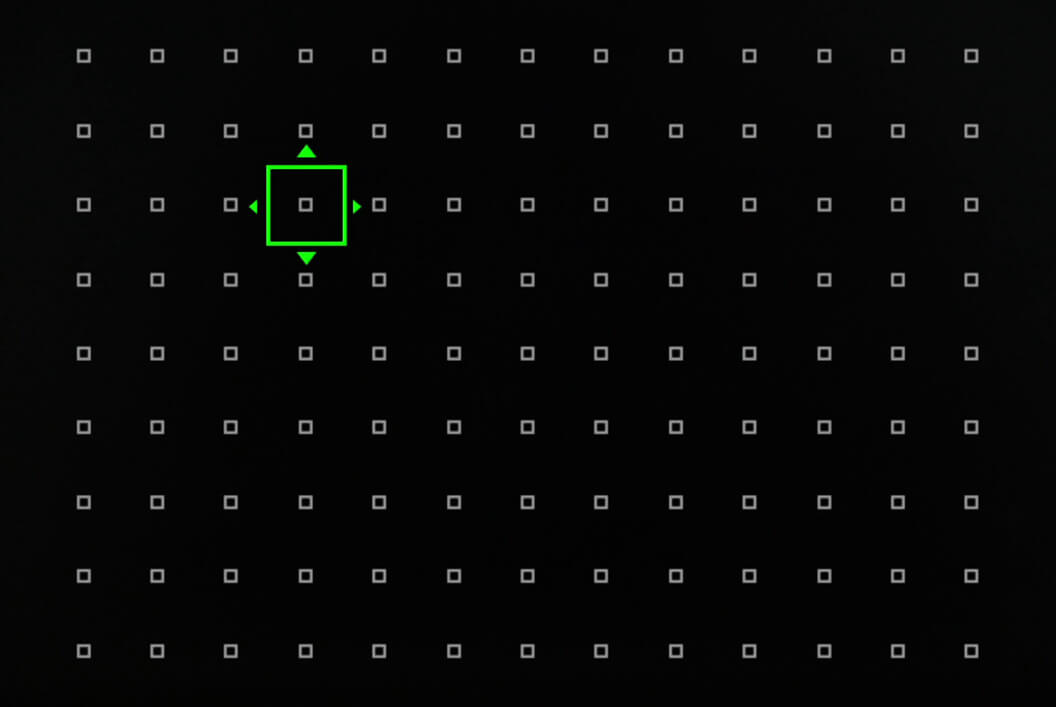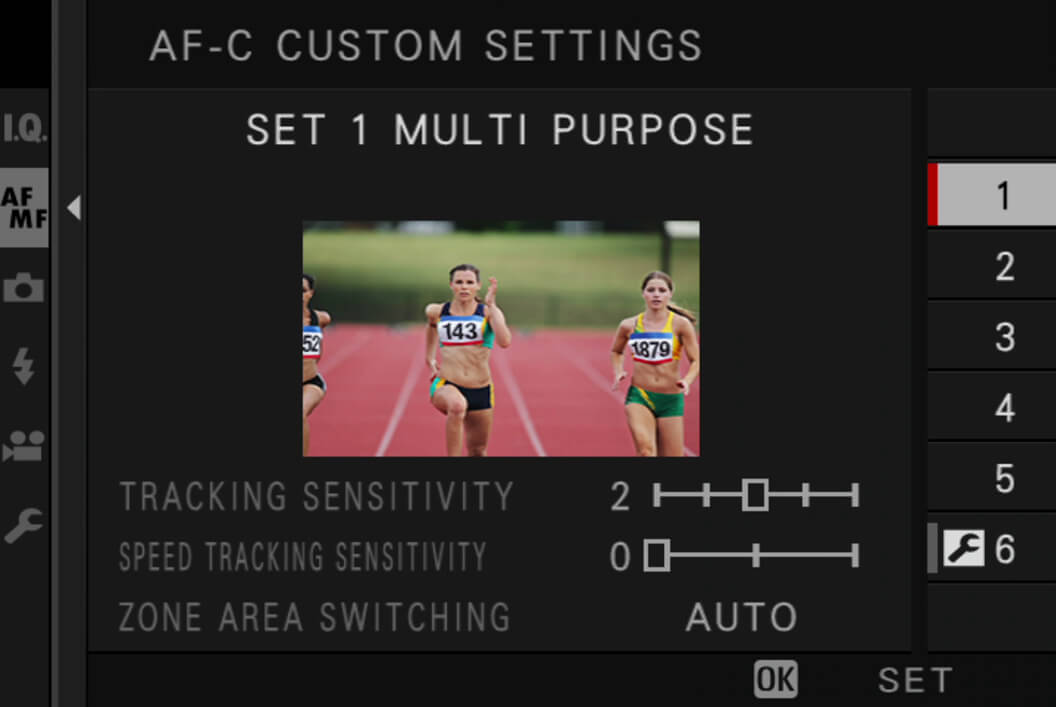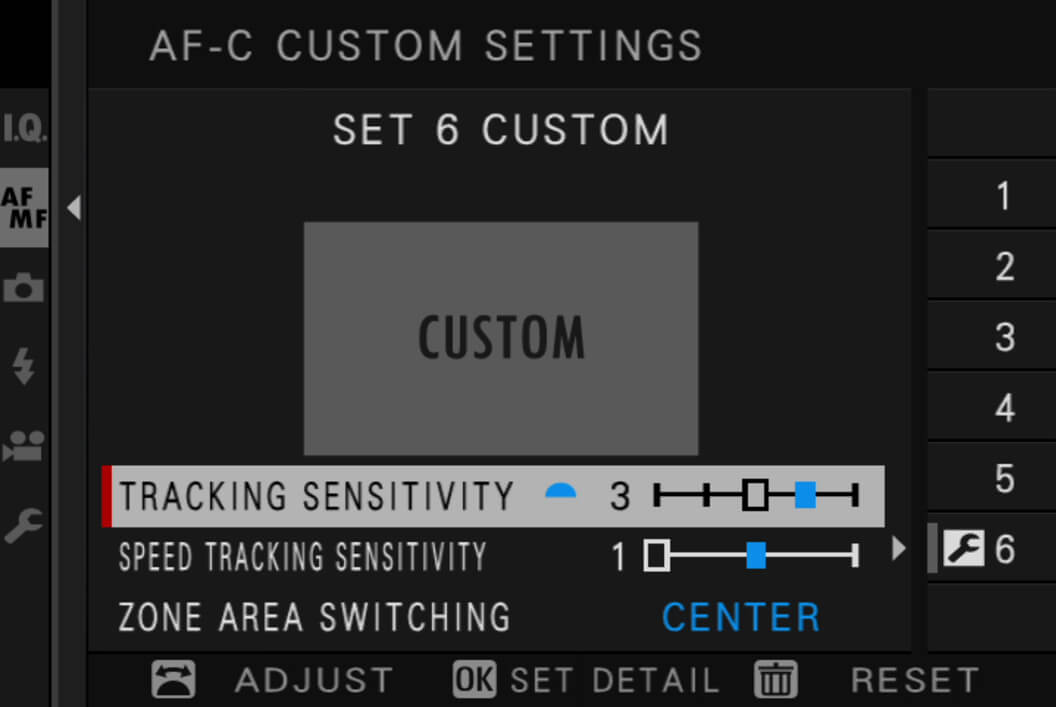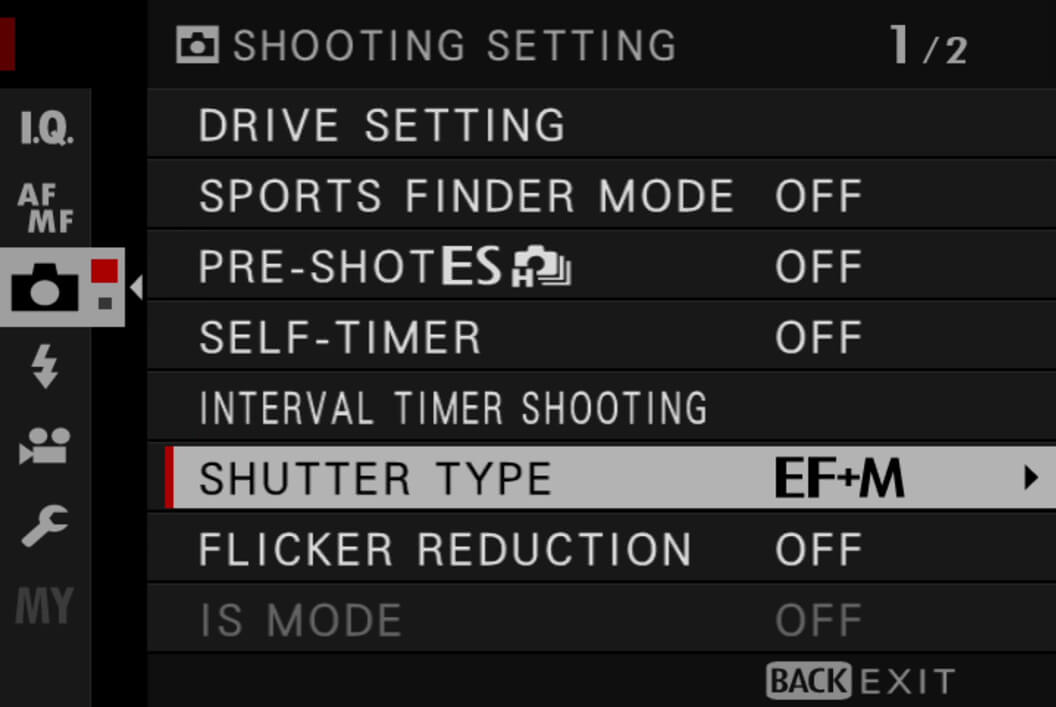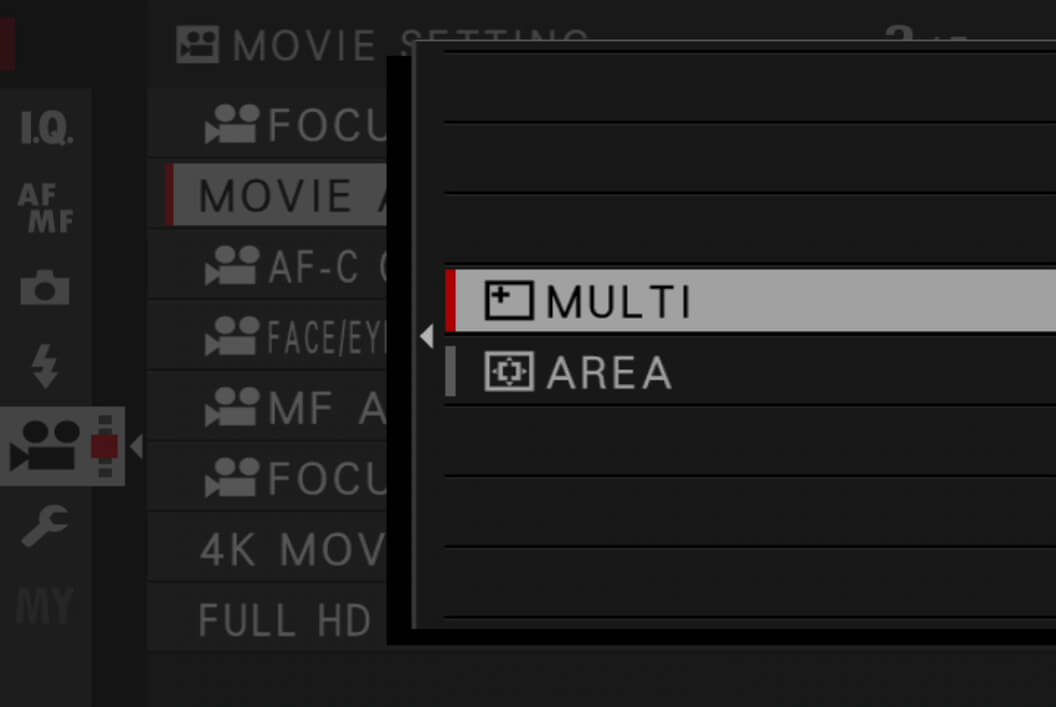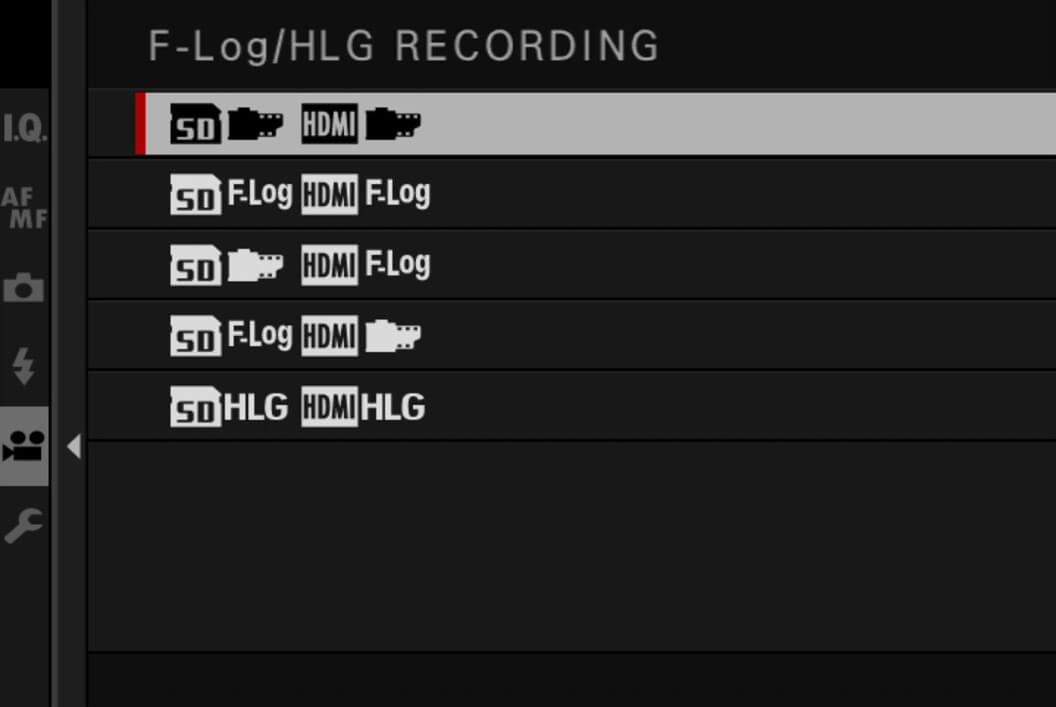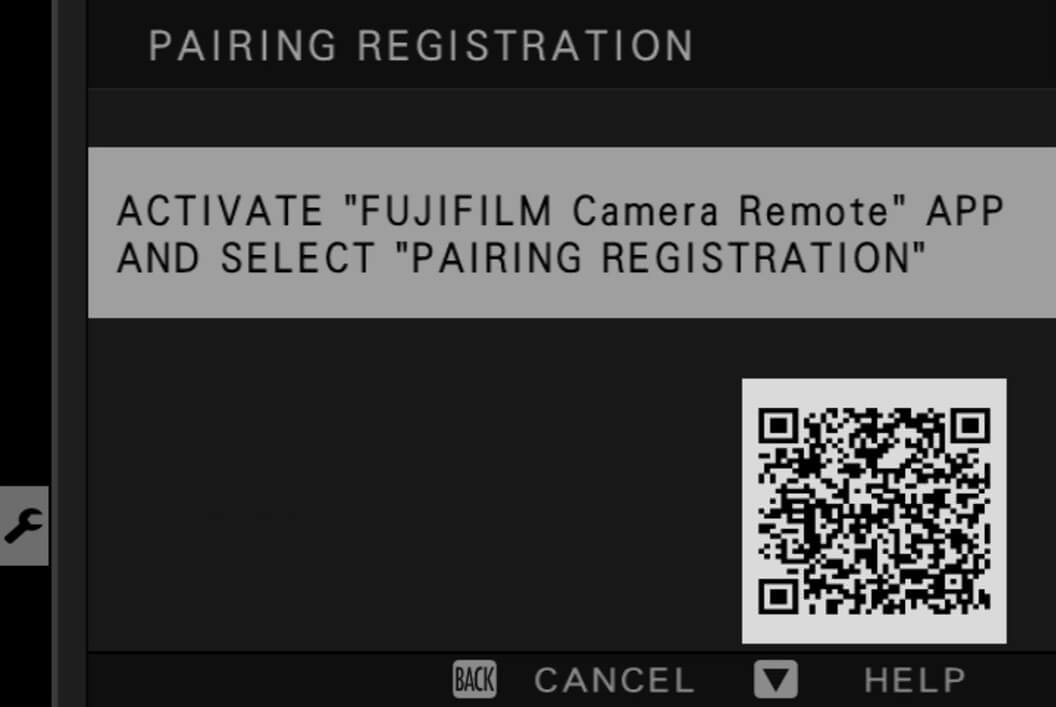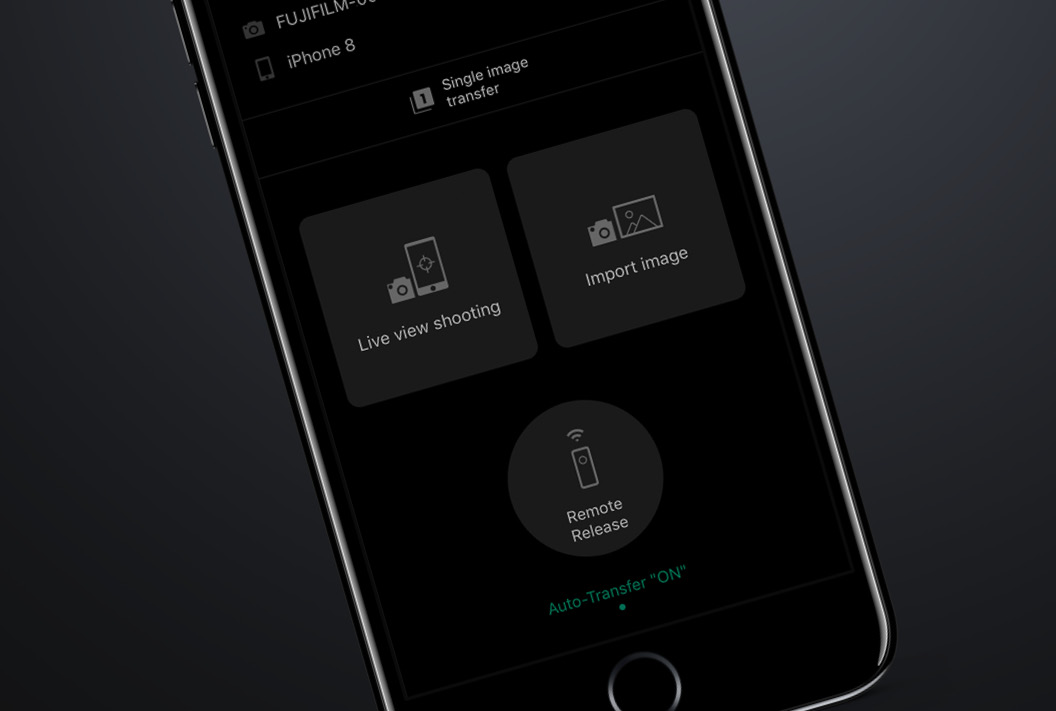
Quick Start Guide FUJIFILM X-T3
Contents
Features Common to All X Series Cameras
The MENU OK button is used to access deeper levels of camera functionality beyond what is offered by function buttons, dials, and switches.
- Named menu tabs are what you use to change capture settings. Press the left button on the Selector pad to scroll by tab (so you don’t have to scroll through every function to get to the next page), and press the right button on the Selector to access desired feature and MENU OK to select.
- The wrench icon indicates SET UP and features settings including Power Management, Button/Dial Setting and Screen Set-Up. Choose DISP. CUSTOM SETTING from the SCREEN SET-UP menu to select what information shows on the EVF/LCD.
- Finally, the MY menu is a customized menu that you create based on your most frequently accessed menu items. Add and rank to move them in any order you like and remove them under USER SETTING in the SET UP menu.
The DRIVE SETTING button gives you access to burst shooting, bracketing, single frame, Advanced Filters, and more. On the X-T3, Drive functions are set using the top-plate dial under the ISO settings dial.
The photometry/metering setting determines how the camera meters exposure. On the X-T3, select it from the metering lever under the shutter speed dial.
AE-L and AF-L buttons allow you to lock either the exposure or autofocus in a specific part of the scene, allowing you to recompose while maintaining that exposure or focus area. Assign the AE-L/AF-L buttons to AE LOCK ONLY, AF LOCK ONLY or AE/AF LOCK, depending on your preferences. These can be turned on/off when the button is pressed, then pressed again, or to activate only while the button is pressed down. The functionality is changed by pressing MENU OK > SET UP > BUTTON/DIAL SETTING.
The white balance button allows you to select WB options that match your light source. You can also customize to create your own shade of white or select a specific kelvin value, which is a measure of the color temperature of light. The default setting for quick WB access is the right button on the Selector pad.
Use the View Mode button to change view from LCD to viewfinder only or EYE SENSOR + LCD IMAGE DISPLAY (for using both), which senses your eye at the viewfinder and instantly switches from LCD to EVF.
The DISP BACK button allows you to select how you’d like information displayed on the LCD and/or EVF. You can customize the information being displayed in SET UP > SCREEN SET-UP > DISP. CUSTOM SETTING.


















































